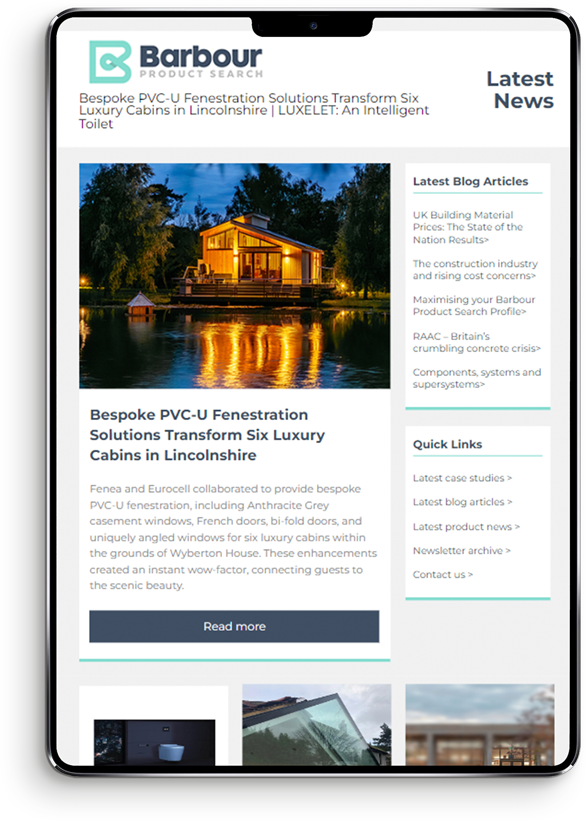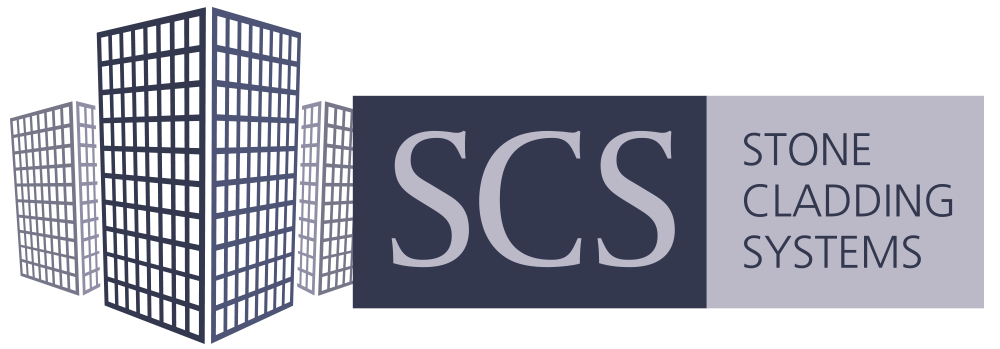Natural stone rainscreen cladding has become a preferred choice for projects where durability, performance, sustainability and architectural quality must align. Beyond its timeless aesthetics, the system delivers measurable benefits in building performance and sustainability. This article focuses on real-world applications, common challenges, and practical solutions to help architects and contractors specify stone rainscreen systems effectively.
Applications of Stone Rainscreen Cladding in Modern Architecture
Commercial Buildings
Office towers, civic institutions, and cultural venues use stone rainscreens for their durability, visual impact, and long-term performance. The ventilated cavity behind the stone façade reduces moisture penetration and improves energy efficiency, extending building envelope life.
Key Benefit: Reduced maintenance costs compared to metal or composite panels.
Sustainability: Long service life and potential for reuse & low embodied carbon.
Residential Developments
From high-rise apartments to luxury homes, natural stone rainscreens are specified to enhance both performance and market appeal. The system supports thermal comfort, moisture control, and acoustic insulation.
Key Benefit: Improved indoor comfort and reduced condensation.
Sustainability: When combined with high-performance insulation, stone façades contribute to lower operational energy use.
Challenges of Stone Rainscreen and Practical Solutions
Structural Load Concerns
Challenge: Natural stone is heavy, raising questions about substructure capacity.
Solution: Specify lightweight stone panels (55kg /sqm.at 20mm)
Cost Pressures in Façade Design
Challenge: Initial costs for stone rainscreen systems are higher than for aluminium or fibre cement alternatives.
Solution: Conduct lifecycle cost analysis to demonstrate long-term value. Optimize panel dimensions reducing supply & installation costs.
Balancing Design Ambition with Technical Limits
Challenge: Large-format panels and complex geometries can push beyond tested anchoring systems.
Solution: Collaborate with engineers and system manufacturers during early design stages. Aztec system enables ambitious designs and large panels. Project specific testing.
Sustainability Benefits of Natural Stone Rainscreen Cladding
Natural Material: Stone is quarried, not manufactured, with very low embodied energy compared to synthetic and metal cladding systems.
Energy Efficiency: Ventilated cavities enhance thermal performance, reducing heating and cooling loads.
Extended Lifecycle: With service lives exceeding 60 years, stone façades reduce the frequency of replacement cycles.
Recyclability: Stone can be reused or reprocessed at end-of-life with little or no energy imput, unlike many composite and metal cladding systems.
Conclusion
Natural stone rainscreen systems are a practical façade solution for commercial & residential projects. While challenges exist around weight, cost, and installation with stone, rainscreen systems, and lifecycle analysis provide reliable solutions.
For professionals seeking to balance aesthetic quality, technical performance, and sustainability, natural stone rainscreen cladding remains one of the most durable and future-ready choices in modern architecture.
Learn more
Natural Stone Rainscreen Systems: Applications, Challenges, and Sustainable Solutions
| T | 01335 361000 |
|---|---|
| E | sales@scs-stone.co.uk |
| W | Visit Stone Cladding Systems Ltd's website |
| Ednaston Business Park Ashbourne DE6 3FA |


